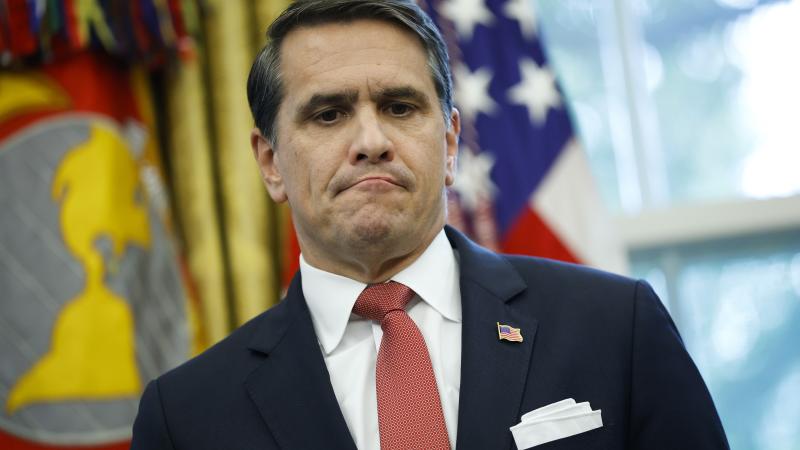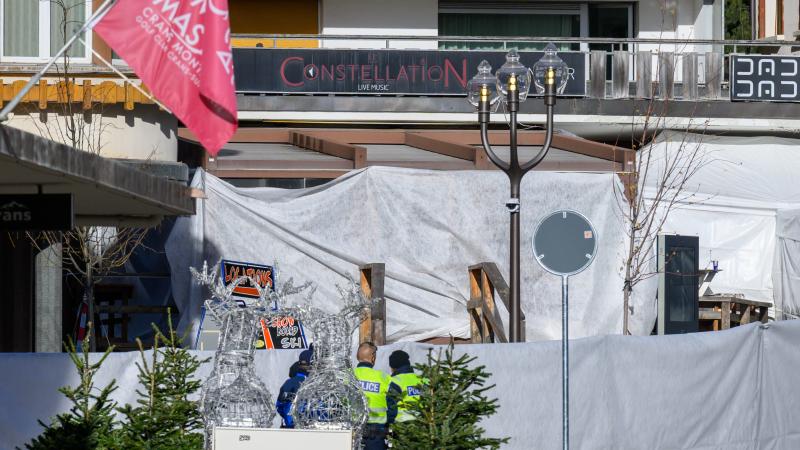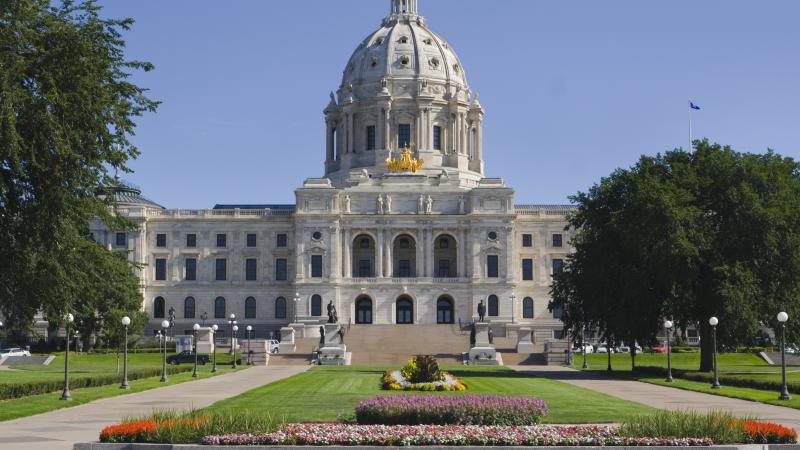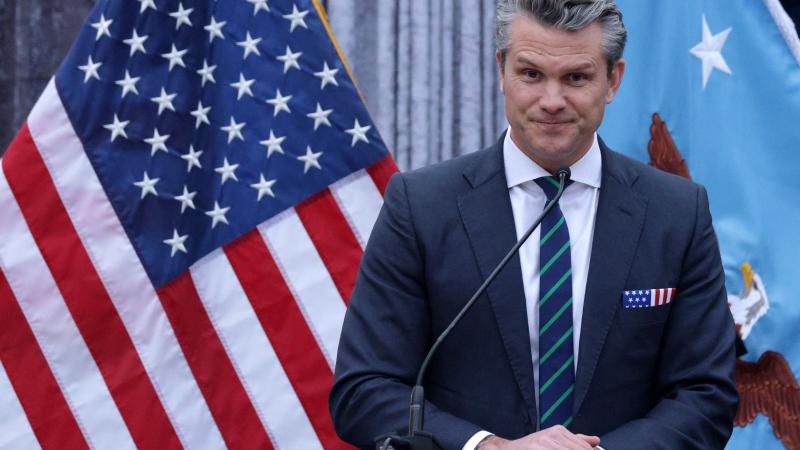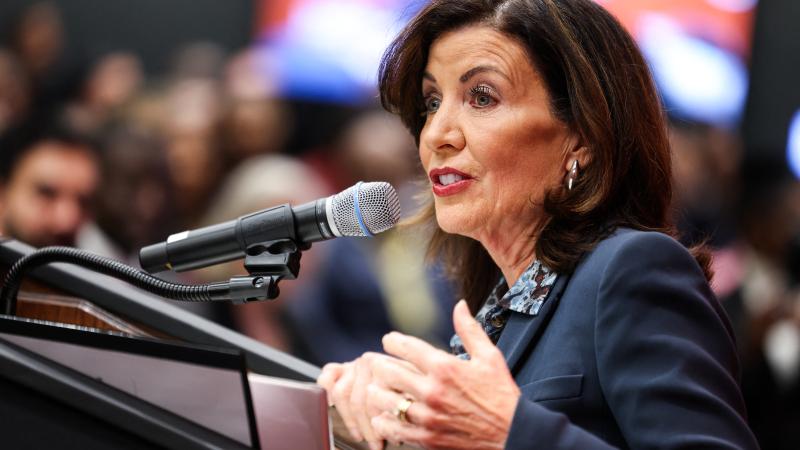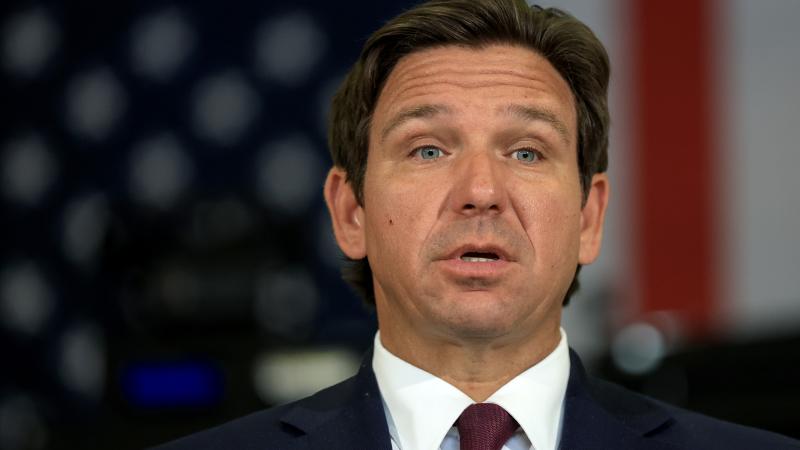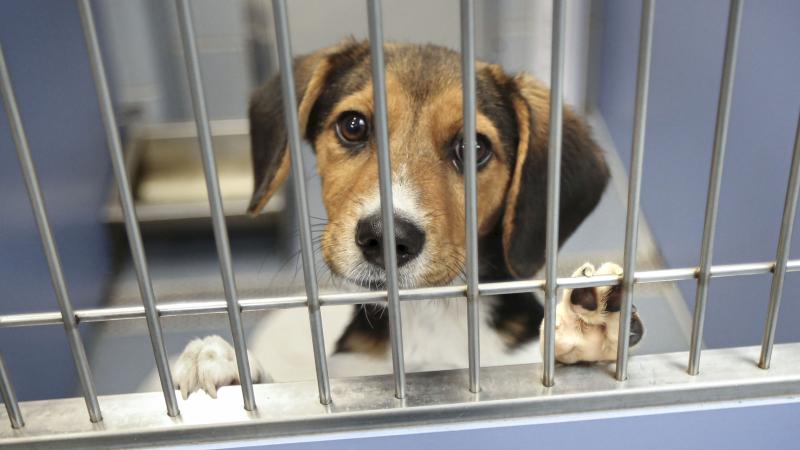Buttigieg expands program used to add bike lanes on roads despite soaring cyclist road deaths
Millions in federal taxpayer dollars were awarded in FY2021 for projects that included adding on-road bike lanes, and the infrastructure law expands the program by 50%, despite 37% rise in cyclist fatalities in decade preceding pandemic.
The $1.2 trillion bipartisan infrastructure law that Congress passed last year expands a Department of Transportation grant program that localities have used to add bike lanes to roadways — despite sharply rising numbers of cyclist road deaths over the decade preceding the pandemic, when the number fell significantly due to reduced road traffic.
According to a DOT press release, the agency has "published a Notice of Funding Opportunity (NOFO) for $1.5 billion in grant funding through the Rebuilding American Infrastructure with Sustainability and Equity (RAISE) discretionary grant program."
But with soaring road fatalities involving cyclists, is Transportation Secretary Pete Buttigieg's promotion of bike traffic prioritizing sustainability and equity over safety?
"Right around 2011, things started arcing in the wrong direction," reported Bicycling.com in 2019. "In 2010, a total of 618 cyclists were killed — hardly miraculous, but the lowest toll in at least 40 years. Then every year after that, the number of casualties has gotten progressively worse. The newly released 2018 statistics mean that the fatality rate for riders has risen 37 percent in just nine years — and [National HIghway Traffic Safety Administration] data indicate that the death rate for urban and female cyclists has soared even more."
While multiple causes have contributed to the grim toll — including larger vehicles and distracted driving by smartphone users — one key factor has been the surge in urban biking.
"[R]esearch from advocacy organization People for Bikes found that the number of bike commuters in 10 large U.S. cities (including New York, Washington, D.C., Boston, and San Francisco) grew an average of 77 percent in the same time frame that nationwide fatalities spiked," Bicycling.com reported.
"At the same time, the U.S. has seen an explosion in the popularity of bike share," the outlet noted.
DOT estimates the RAISE program has funded over 700 projects in cities and towns since 2009.
The RAISE program is "the first discretionary funding program to accept applications as directed by" Biden's infrastructure law.
"The $1.5 billion in available funding for 2022 represents a 50 percent increase in available funds compared to last year, when applicants requested $10 in funding for every $1 available," read the DOT release. "In 2021, RAISE funded 90 projects in 47 states, the District of Columbia and Guam."
According to a report on FY2021 RAISE projects, Tuscaloosa, Ala. received $17.1 million for "constructing transportation improvements, technology upgrades, and storm-water drainage along the University Boulevard corridor in Tuscaloosa," which comprised seven components, including "curb, gutter, and drainage construction; utility installation; adding bike lanes; and reconfiguring the roadway to prioritize pedestrian safety."
The city of Wasco, Calif. received $24 million for a project that included promoting "pedestrian and bicycle safety by providing dedicated sidewalks and bike lanes" and increasing transportation choices by improving "connectivity across the railroad and provide travel time savings."
Oakland, Calif. brought in $14.5 million of grant funding for a project that included the installation of "new bikeways along Martin Luther King Jr. Way."
The city of Palatka, Fla. secured $8.2 million in grant money for "lengthening the passenger loading platform at the Amtrak station to accommodate a baggage area and adjusting the platform height to meet ADA requirements and allow bicycles to be loaded and unloaded at the station."
This project involved "constructing complete streets improvements including resurfacing the roadway, installing new ADA-compliant sidewalks and curb and gutter designating bike lanes, and adding other accessory safety improvements in the project area."
A Rockford, Ill. project funded, in part, with a $16.4 million grant included enhancing "bike infrastructure."
A Clinton, Iowa project involved installing bike paths that the locality said would "increase transportation choices by making these methods of travel safer," according to the DOT report. The locality estimated that the bike paths would "help reduce bicycle-vehicle interaction and collisions."
Boston, Mass. was able to secure $15 million in federal funding for a project aimed at promoting a "safer corridor through the added protected bike lanes, and creating safer, more accessible bus stops." Boston's city government estimated that "quality of life impacts will be realized by increasing transportation choices for cyclists through protected bike lanes and adding accessibility improvements such as bringing curb ramps into ADA compliance."
A Reno, Nev. project garnered $7 million of grant funding to "replace two structurally deficient bridges spanning the Truckee River in Reno's Downtown Riverwalk District." According to the DOT report, the project generated "safety benefits by constructing pedestrian and bicycle facilities including bike lanes, wider sidewalks, enhancing overhead lights, and overhead flashing pedestrian warning signals at cross walks to prevent crashes between the motorized and non-motorized users."
Critics of bike lanes argue that they take away road space that could be used street parking. In Washington D.C., a recent $4.6-million road improvement project on Connecticut Avenue NW with new bike lanes would result in fewer vehicle lanes and reduce car parking space.
"The concept, which has broad support among bicycle users and road-safety advocates, is worrisome to drivers and some businesses over fears that a bike lane would reduce already-scarce parking," according to a Washington Post report about the project.

